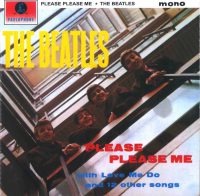They did so by impersonating the group that was the opening act on the program. That group was called the Cyrkle, and it had scored a big hit with a song called "Red Rubber Ball" that was co-written by Paul Simon of Simon & Garfunkel.
Today's Washington Post's story is told here.
 |
| Ticket to the Beatles' Aug. 15, 1966, show at D.C. Stadium Note: Upper Deck seat was just $4.00! |
 |
| Beatles take a bow, Aug. 15, 1966, D.C. Stadium |
The Beatles were on what turned out to be their last tour ever. (It was also their third U.S. tour.) I was not able to go to the show, as I was working evenings at an Arthur Murray Dance Studio. I was supposed to be on hand to sell (expensive) ballroom dancing lessons to potential female customers, with whom I would dance briefly and then make my pitch. I was 18 years old. Problem was, ballroom dancing was in serious decline. There were few potential new customers at the best of times, and on this particular evening there were none. At the moment I imagined the Beatles were taking the stage at the stadium, I was stranded in a lonely office and wishing I was on hand for the concert.
I may have dreamed this part up, but my recollection now seems to be that the windows of this office were open — even in the hot Washington summertime — and I could just barely hear the sound of fans screaming as it wafted in from the open-air concert several blocks away.
By the way, this tour came right on the heels of John Lennon's faux pas in stating the the Beatles were "bigger than Jesus" ... The final show was the now-famous one at San Francisco's Candlestick Park on August 29, 1966.






